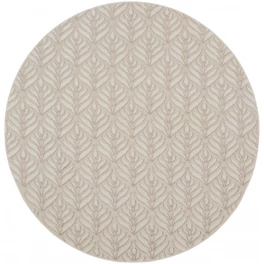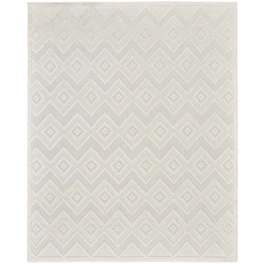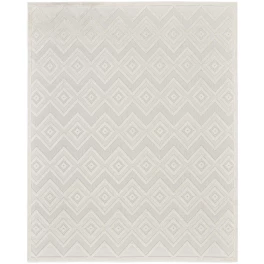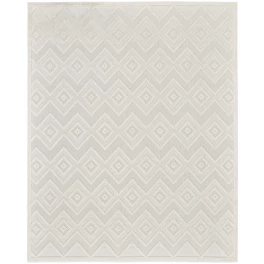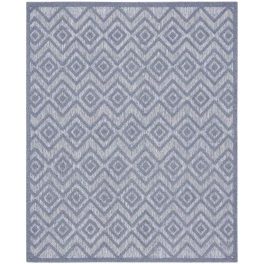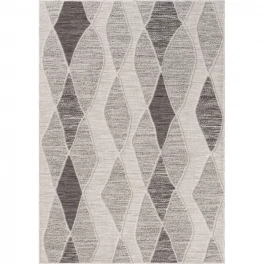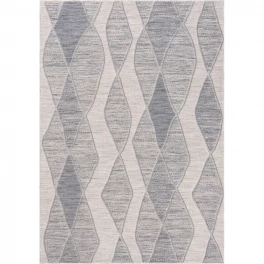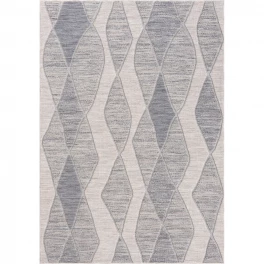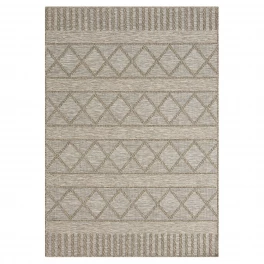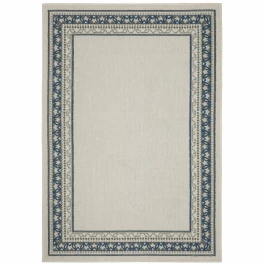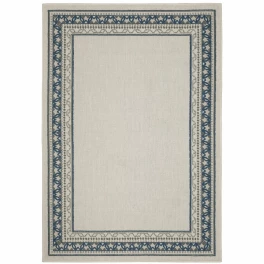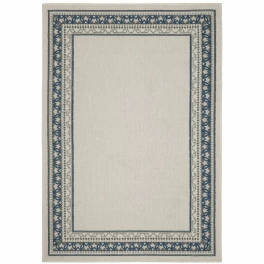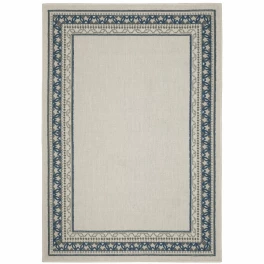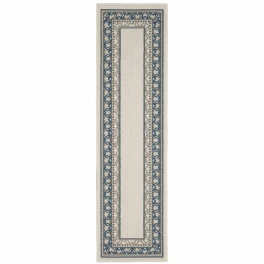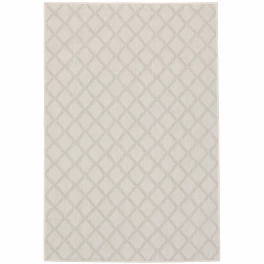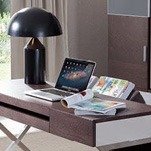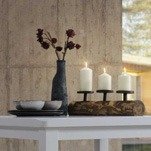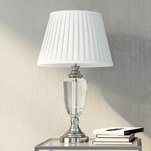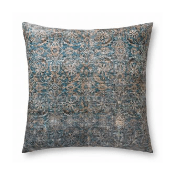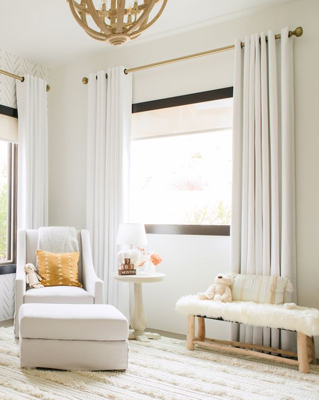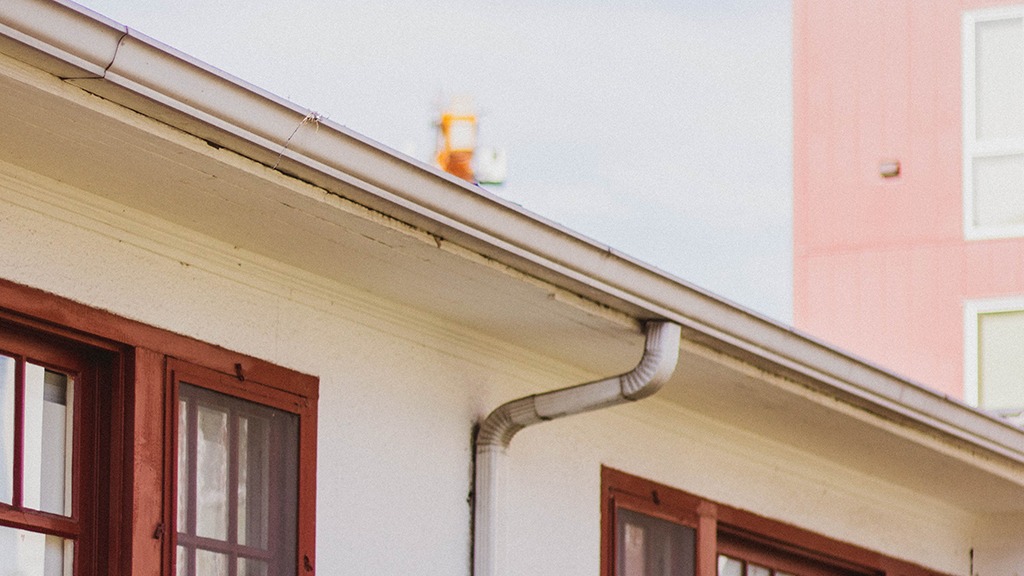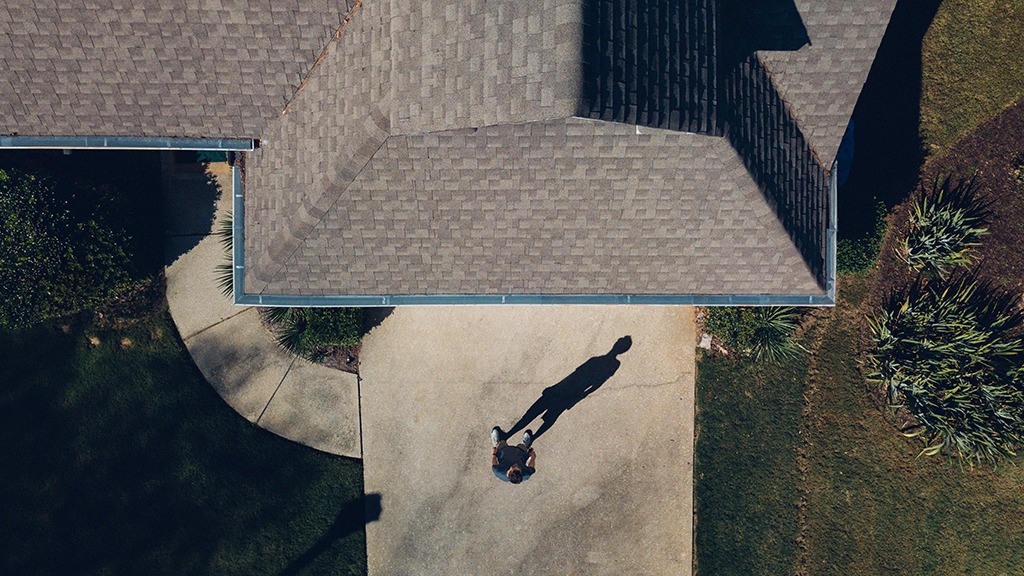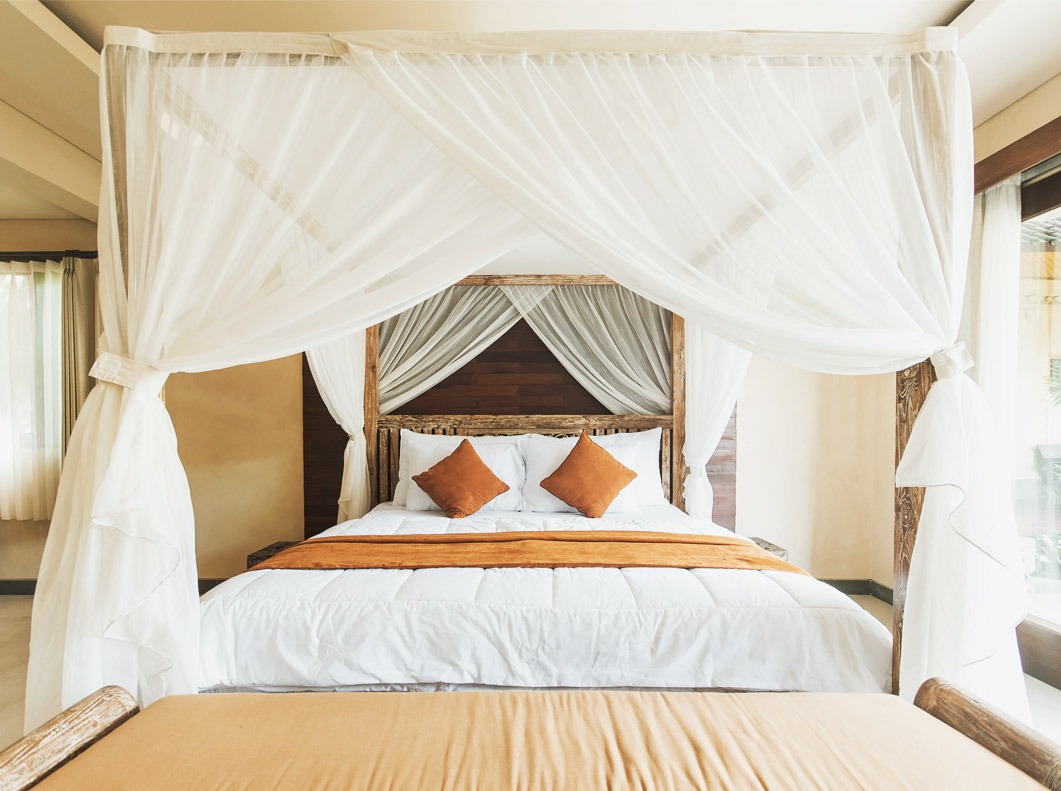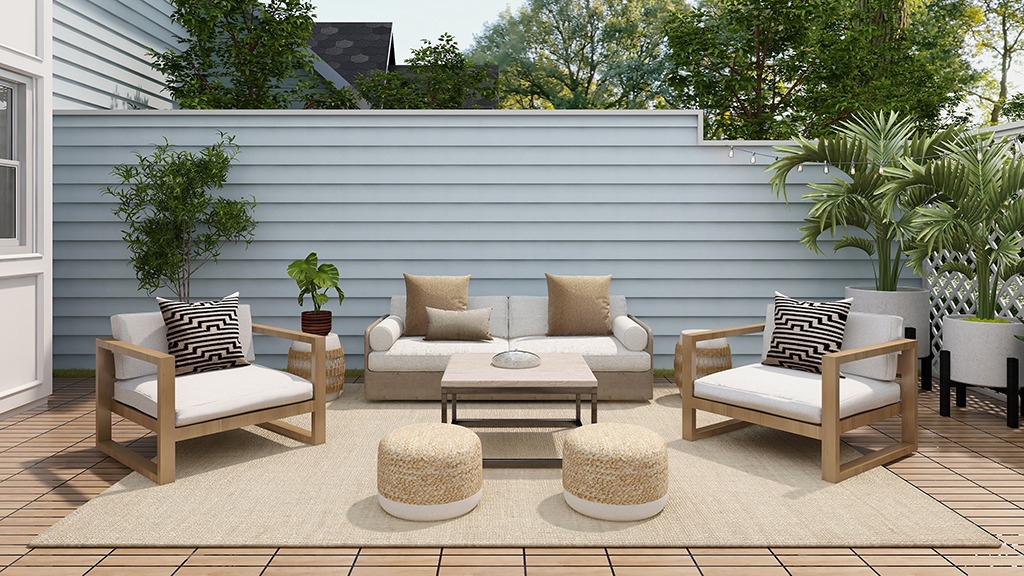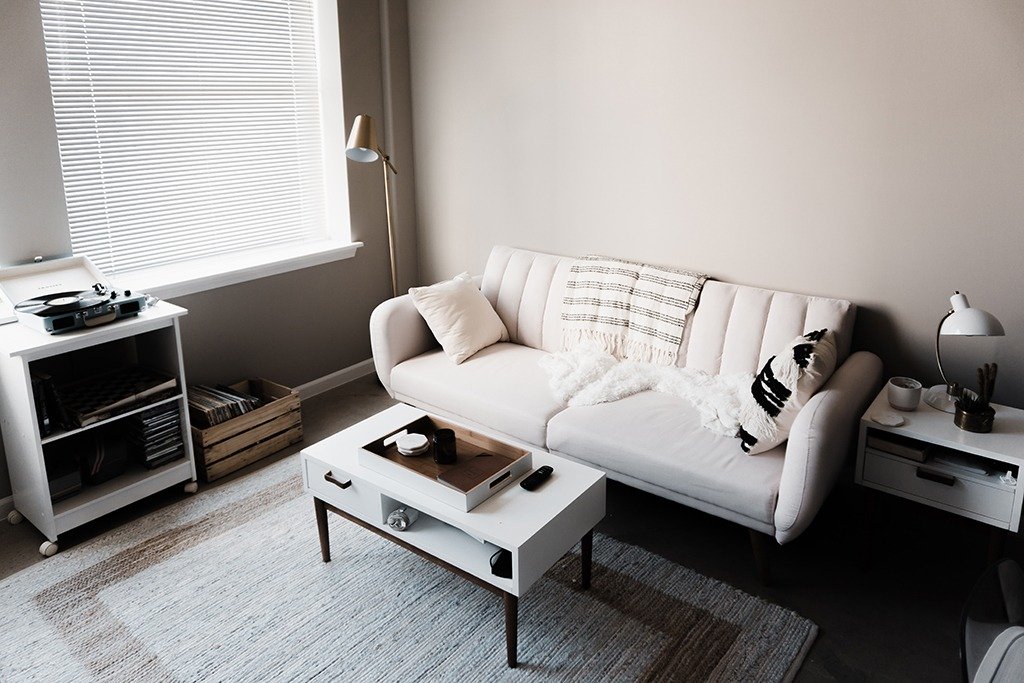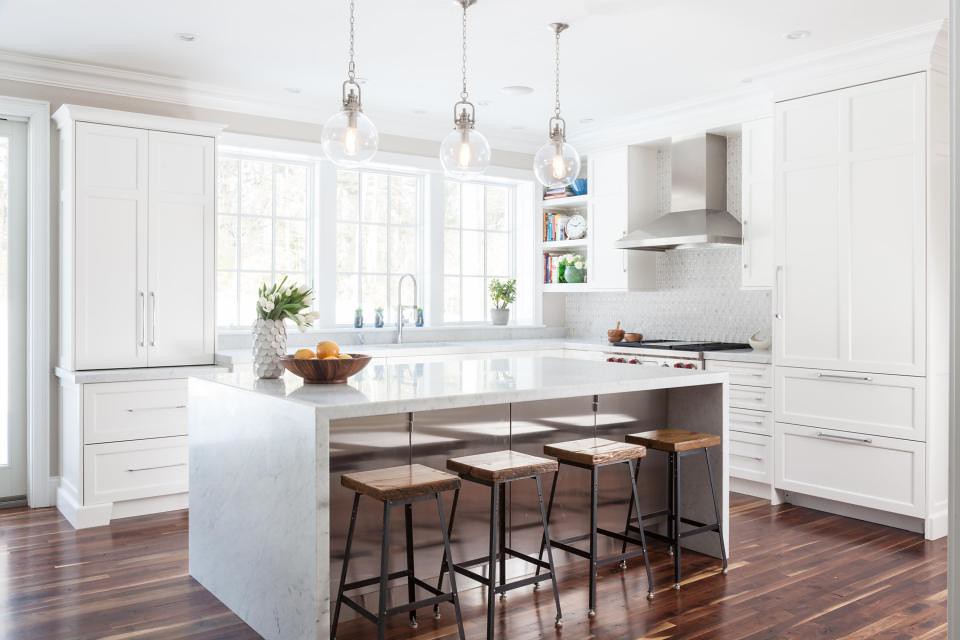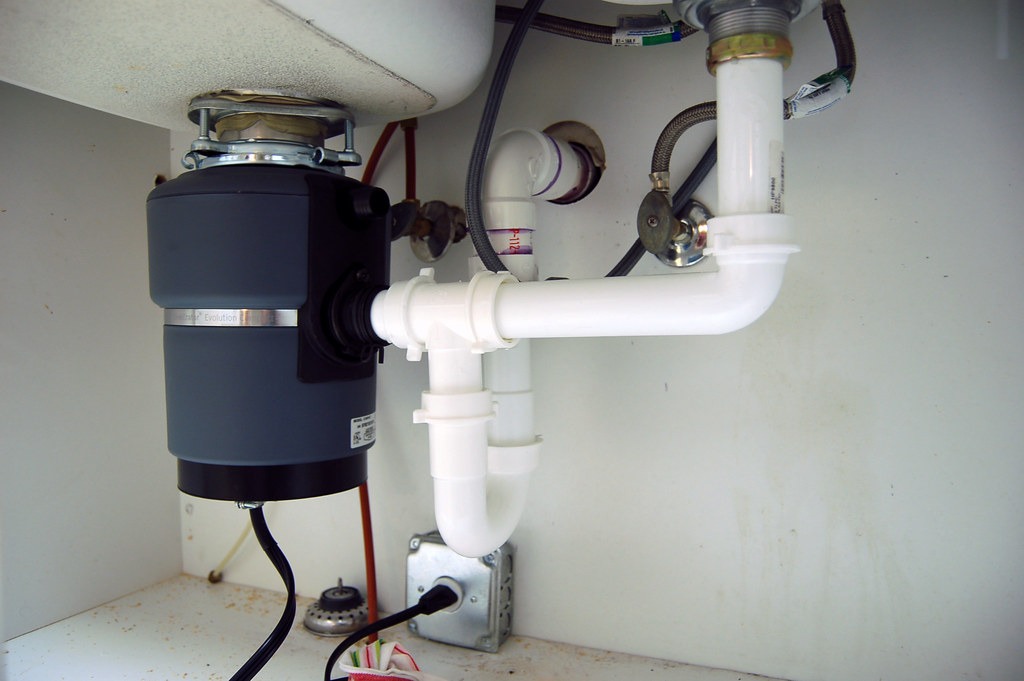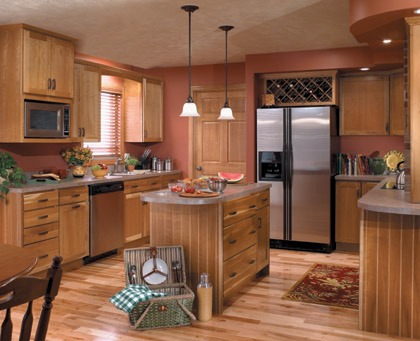Are rug pads really necessary? You may be asking yourself this question as you’re considering the purchase of a brand-new area rug for your living room, bedroom, or wherever. You’re already paying more than you wanted to for this rug (who knew rugs were so expensive?). Do you really need to add the cost of a rug pad on top of that?
The short answer is, yes. If you’re at all interested in looking after the longevity of your floors, you should definitely consider buying a rug pad to go under your rug. While it may seem like an unnecessary cost now, it’ll be worth the investment to protect your floors from getting scratched by an abrasive rug backing. And that’s not all…Here are three reasons why you need an area rug pad, plus some tips on choosing the best kind of non-slip rug pad for your floor.
1. Non-Slip Action
Have you ever tried putting a rug down without a rug pad? Besides the hassle of having to constantly slide the rug back into place, there’s also the very real danger that the rug could slip out from under you, leading to serious injury (or, in my family, lots of mockery). A non-slip rug pad works by having a surface that’ll grip both the rug back and potentially slippery floors like hardwood and tile, keeping the rug exactly where you want it to be. Plus, it’s easier to vacuum and keep clean when it’s not slipping and sliding everywhere!
2. Protection from Spills and Stains
Here’s hoping that you don’t spill anything on your brand-new rug or that your kids don’t come traipsing onto it without taking off their muddy rain boots. But, if we’re being realistic, some kind of spill or stain is probably inevitable. Hopefully, you’ve done your homework on the best area rugs to get (especially for those high-traffic areas) to help minimize the damage of these kinds of events, but did you know that a rug pad can help, too?
Often, when a spill happens, we rush to clean up the top surface of the rug without thinking that the spill may have penetrated all the way through to the floor. Even if the spill itself doesn’t make its way down to your floor, the liquid may cause dye in the rug to leach down through the fibers and onto your floor. A rug pad can help protect your floor from the long-term damage of a spill, particularly one in the middle of a large, heavy rug that you’re really not going to try to get underneath to clean up.
3. Protection against Wear and Tear
If you’ve ever felt the back of a rug, you may have noticed how rough and scratchy the backing often is. That kind of abrasive surface will act like sandpaper on hardwood floor, rubbing away at the finish and wood every time the rug gets traffic. My mom learned this the hard way—the nice hardwood floors in her office were absolutely destroyed by years of having the rug there without a rug pad.
Even if the backing of your rug doesn’t seem too rough on its own, dirt particles and other grime can get trapped underneath the rug. Besides giving your rug low points for cleanliness, these particles can also work to scratch and damage your hardwood or laminate flooring. Give your floor the protection it deserves with a rug pad (and make your rug backing last longer too!).
What Kind of Rug Pads Should I Get?
Are you convinced that you really do need a rug pad? Great! But before you go out and buy the first cheap rug pad you come across, here’s why the wrong rug pad can actually do more harm than good, and some quick advice on choosing the best rug pad for your floor.
For best results, consider a natural rubber rug pad or one made of a natural rubber and felt combo. Not only are these sustainable options, but they’ve got great gripping power without actually sticking to the floor and potentially stripping it of its finish, making these rug pads safe to use on any floor type. While these rug pads are not machine washable, natural rubber is mold and mildew resistant by nature, helping to keep your rug pad clean even when spills happen (if you really feel the need to clean it further, it’s hand-washable).
While you’ll see plenty of inexpensive plastic or nylon rug pads out there, most of these pads are filled with chemicals that can off-gas, leading to stained floors and a toxic environment. Plus, they’re usually coated with a chemical adhesive to help make them non-slip. Unfortunately, over time, the adhesive can actually melt and stick to your floor, making plastic and other synthetic rug pads a no-go.
For more helpful advice on picking out your best under-rug option, check out this rug pad guide.




